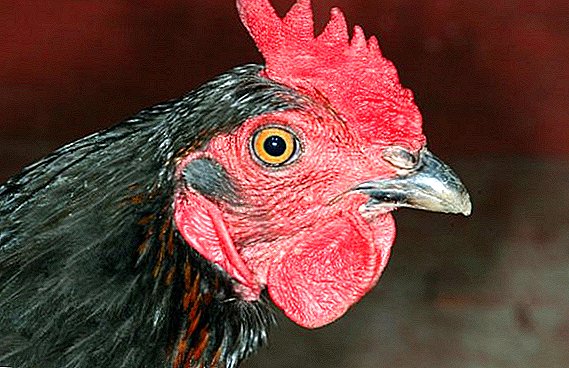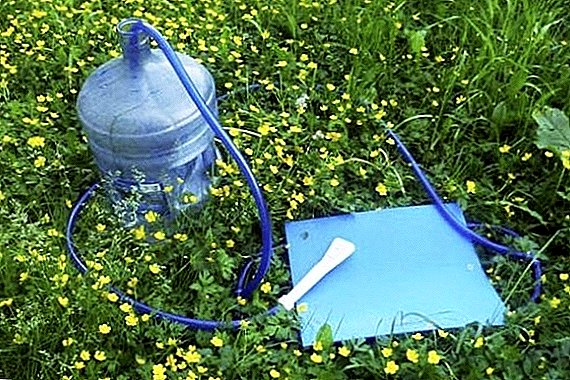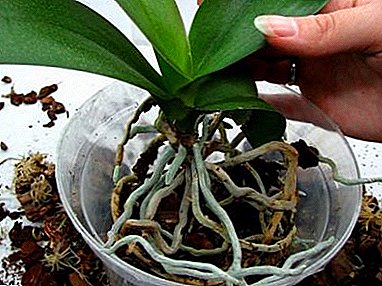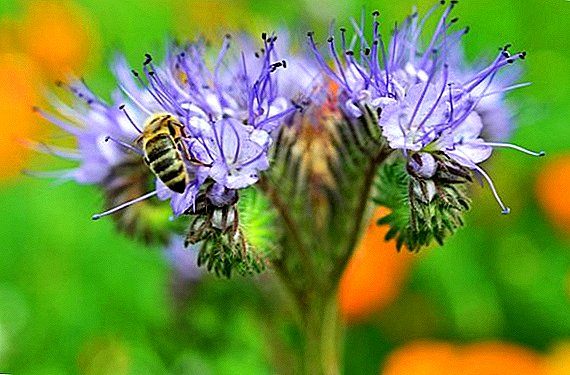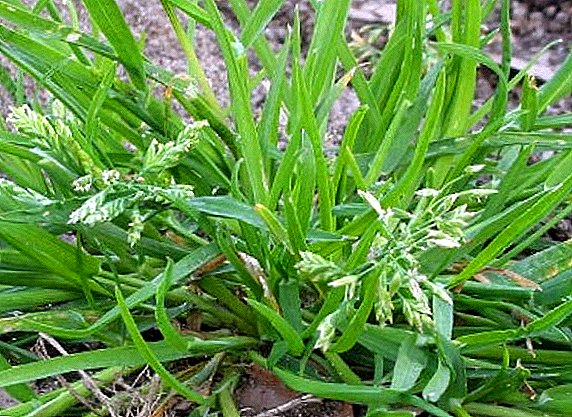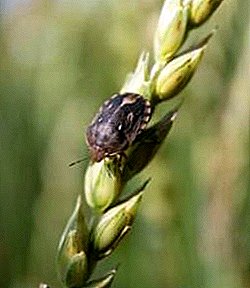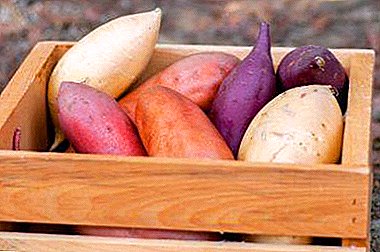
Batata and Jerusalem artichoke is the same or not? The sweet potato and Jerusalem artichoke are entering the life of gardeners more and more firmly, not only because of the beneficial properties of their fruits, but also because of their attractive appearance during flowering.
The popularity of both sweet potato and Jerusalem artichoke is gaining momentum, but even among plant lovers there are still those who confuse them.
However, many people think that the two names refer to the same plant. Far from it. After reading the article, you can easily verify this.
Brief Definition and Botanical Description
Sweet potato
Batat - what is it?
The sweet potato is a one-year, grassy, light-loving, drought-resistant culture.
At the roots, numerous thickening - tubers, which can be of various shapes and sizes. Sweet potato stalks creeping, well branched and firmly strengthened.
Earthen pear
The people received the name earthen pear. Unlike sweet potatoes, Jerusalem artichoke is a perennial plant that withstands very low temperatures. Forms underground tubers, which are intertwined. The aboveground part of Jerusalem artichoke is very similar to sunflower.
In this way, sweet potato and Jerusalem artichoke completely different plants, both in time of growth and in properties.
A detailed description of the Jerusalem artichoke in this video:
What is the difference?
Appearance
 Externally data plants differ in both the aerial part and tubers. Yam tubers are oblong, fairly even. Coloring can be very different: from yellow to purple flowers.
Externally data plants differ in both the aerial part and tubers. Yam tubers are oblong, fairly even. Coloring can be very different: from yellow to purple flowers.
Tubers of Jerusalem artichoke knobby, oddly curved. The color can vary from white to dark yellow depending on the variety.
 Sweet potato stalks are flexible, creeping. Flowers can be different in color: white, pink, pale lilac. The shape of the flower resembles a bell. Jerusalem artichoke reaches quite high sizes. Stems erect, rather thick. Inflorescences are yellow, similar to a large chamomile.
Sweet potato stalks are flexible, creeping. Flowers can be different in color: white, pink, pale lilac. The shape of the flower resembles a bell. Jerusalem artichoke reaches quite high sizes. Stems erect, rather thick. Inflorescences are yellow, similar to a large chamomile.
Place of growth
Homeland yam is considered Peru. Therefore, the plant is very thermophilic, loves well-lit places, resistant to drought. Where the topinambur first appeared is unknown. It was used by the tribes of Brazilian Indians. The plant has a fairly wide range of habitats. It can grow in tropical conditions as well as in temperate mid-latitude climates.
Chemical composition
The calorie content of sweet potatoes is almost one and a half times higher than that of potatoes. (approximately 108 kcal per 100 g of product). Any of its types and varieties contain proteins, fats, dietary fiber and carbohydrates. Among the vitamins can be distinguished: A, B1, B2, B3, B4, B5, B6, B9, C, E and K. As part of the sweet potato a lot of potassium, magnesium, phosphorus, zinc and other minerals.
The chemical composition of Jerusalem artichoke tubers is very similar to potatoes. The earth pear exceeds many vegetables in nutritional value.
Jerusalem artichoke tubers contain about 4% protein, a large amount of mineral salts, soluble polysaccharide inulin (from 16 to 18%), fructose, trace elements, 2-4% of nitrogenous substances. Very rich in vitamin B1, contain vitamin C, carotene.
Benefit and harm
Sweet potato is a very useful vegetable. It's all about its chemical composition. The variety of vitamins and minerals makes it indispensable for such diseases as:
- diabetes;
- high blood pressure;
- chronic fatigue, neurosis;
- menopause;
- poor blood clotting.
Important. Abuse of yam can cause an allergic reaction.
You can not downplay the benefits of earthen pear. In Japan, Jerusalem artichoke even enter into the composition of some foods. The use of vegetables helps to support the body in various pathologies:
- diseases of the gastrointestinal tract;
- improper metabolism;
- skin problems;
- with neuritis and nervous system disorders.
Of course, when eating yams and Jerusalem artichoke you need to be careful.
 Batat, for example, should not be consumed during pregnancy, as this may adversely affect the development of the fetus. The high content of vitamin C has a devastating effect on the gastrointestinal tract. Besides sweet potato has a pronounced laxative effect. Therefore, people who have problems with the chair, you should refrain from the use of yam.
Batat, for example, should not be consumed during pregnancy, as this may adversely affect the development of the fetus. The high content of vitamin C has a devastating effect on the gastrointestinal tract. Besides sweet potato has a pronounced laxative effect. Therefore, people who have problems with the chair, you should refrain from the use of yam.
Jerusalem artichoke may be harmful in case of blood clotting. It is necessary to carefully use the earthen pear in food for gallstone and urolithiasis. Root can cause movement of stones, blockage or damage to the ureters, or bile ducts. Application area.
Potatoes are widely used in the culinary field.. In some countries, such as India, sweet potatoes are traditional.
Jerusalem artichoke has a wider scope. It is used not only for cooking, but also for medical purposes, as well as for the preparation of cosmetics. In the course are not only the tubers, but the leaves of the earthen pear.
What is better to choose, when and why?
Of course, one cannot definitely answer this question. Everything is based on the preferences of the individual. In terms of growing more pros has a Jerusalem artichokewhich is quite unpretentious and survives in any conditions. If we proceed from the taste preferences, then the palm can be given to the sweet potato, since there are a huge number of varieties of root vegetables from which you can cook an incredible variety of dishes.
Both sweet potato and Jerusalem artichoke deserved the title of useful and necessary plants. Nowadays, plantings can be found more and more often in private plots. And in the question of choosing one or another plant, each must proceed from their individual preferences. The most important thing in any business is a sense of proportion.


